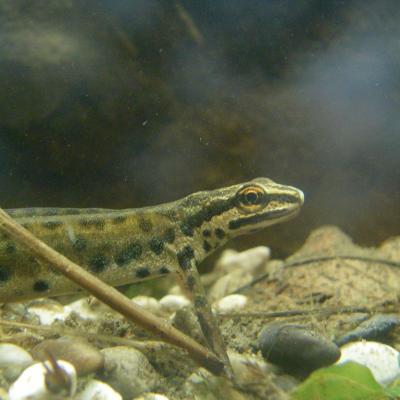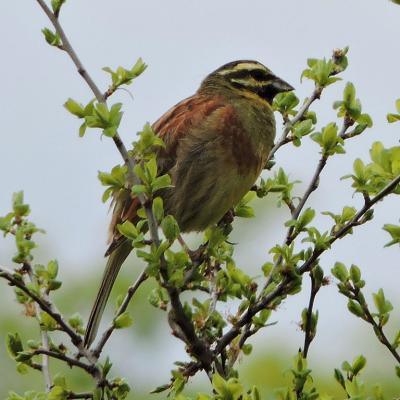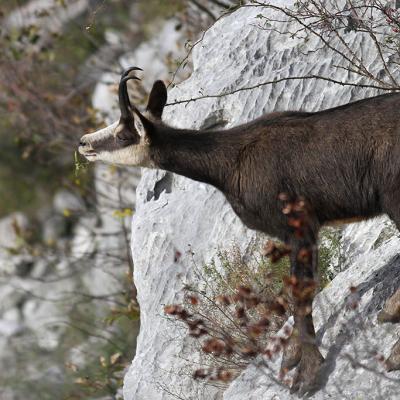Fauna
An environment characterized by such similar and so close extremes can only turn into a babel of fauna, a fauna that in this corner of the Karst expresses an absolute variability.
Here teem caves and ravines, home to primordial life forms: the troglobal invertebrates, divided in ancestral predators and complexly simple prey, get here the physiognomy of shrimps, scutigers, cockroaches, arachnids and molluscs, in features almost unthinkably comparable to the perfect jumping machines of the superficial microcosm , the orthoptera, and their rarest and most precious prototype, the Saga pedo.
But it is in the more than unique hydrographic basins that biodiversity really explodes: there becomes culminating the presence of the mud people, the amphibians, of which we find, among their prominent representatives surveyed, the olm, fascinating emblem of the zoology mistery, stuck here among the rocks of an equally intriguing ecosystem.
Fighting for survival in a life divided between land and water, they can be found also the fire salamander, the crested newt, the yellow-bellied toads, and many other species of the most fragile of the vertebrate classes.
Under the surface of the lakes they survive some species of fish, euryhaline organisms, highly adaptable to the varying depths, temperatures and physical and chemical values of these tormented waters.
Among them are the european eel, the padanian goby, the Leucus aula, the rudd, and a few others.
In not far away but deeply different territories, where the humid mud gives way to the hot rubble, locus amoenus for ectothermic organisms, the reptiles crawl: it is not uncommon to see scurrying lighting fast, on the sun-scorched plates, dalmatian wall lizards, blue-throated keeled lizards, green whip snakes and, more rarely, the different species of the Genus Natrix; The undisputed queen of the creeping universe, however, remains the magnificent horned viper, a silent predator, so much important ans so much elusive. Above her, they fly the few of her reasons for concern: white hawks, marsh harriers, buzzards, peregrine falcons and other diurnal birds of prey rule the sky; a little further down, it takes place the light flight of nightingales, wagtails, tits, woodpeckers and all the other nearly two hundred species surveyed by the numerous birdlife monitorings, many of which of high conservation and community interest.
It is not rare, observing the triumph of the performances of these wind dancers, to come across the traces of the great guardians of the forest: the fallen stage of the deer, the bear's footprint, the wild cat's den, the after-effects of the raids of the jackal, or the shadow of the local chamois, which like no other conspecific populates so low altitudes .










































